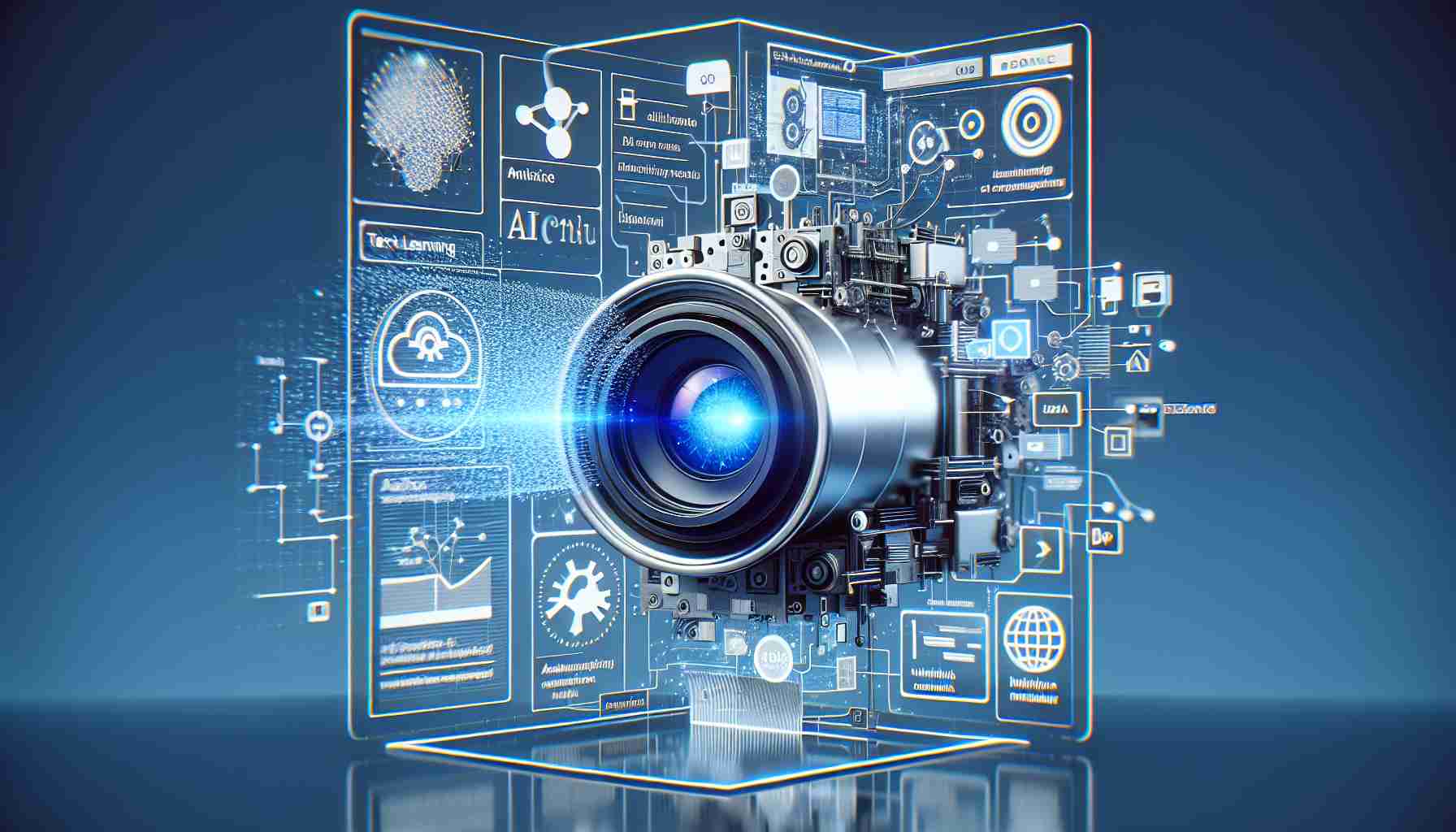OpenAI, a leading AI research lab, has revolutionized the field of text-to-video generation with its latest creation, Sora. Sora is a groundbreaking generative video model that can transform a short text description into a detailed, high-definition film clip lasting up to a minute.
The potential of text-to-video generation was initially explored in late 2022 by Meta, Google, and the startup Runway. However, the early models were plagued by glitches and grainy visuals. But with advancements in technology, OpenAI’s Sora has pushed the boundaries, presenting high-definition videos that are rich in detail.
The standout feature of Sora is its ability to handle occlusion effectively. Unlike previous models that struggled to keep track of objects when they dropped out of view, Sora seamlessly maintains continuity. In an underwater scene, the model expertly adds cuts between different pieces of footage while maintaining a consistent style.
While Sora certainly exhibits impressive capabilities, it is not flawless. Tim Brooks, a scientist at OpenAI, acknowledges that there is room for improvement in terms of long-term coherence. Objects that disappear from view for an extended period might not reappear when expected, highlighting the need for further development.
OpenAI, aware of the potential misuse of photorealistic fake videos, is proceeding cautiously. Instead of an immediate public release, they are sharing Sora with third-party safety testers and a select group of video makers and artists. This careful approach ensures that all bases are covered and potential risks are addressed.
The development of Sora relies on the fusion of existing technology and novel methods. Building upon the diffusion model used in DALL-E 3, OpenAI’s text-to-image model, Sora combines it with a transformer neural network. This combination allows Sora to process videos in chunks, similar to how words are processed in language models.
While OpenAI has not provided a timeline for a public release, Sora serves as a tantalizing glimpse into the future. With feedback from safety testers, video makers, and artists, OpenAI aims to enhance Sora’s usefulness for creative professionals. This preview showcases the immense potential of text-to-video generation and sets the stage for the future capabilities of AI models.
In conclusion, Sora marks a significant step forward in the field of text-to-video generation. OpenAI’s cutting-edge model demonstrates the power of AI in understanding complex interactions of our world. As Sora continues to evolve, it holds the promise of revolutionizing various industries and redefining the boundaries of what AI can achieve.
An FAQ section based on the main topics and information presented in the article:
1. What is Sora?
Sora is a generative video model developed by OpenAI that can transform a short text description into a detailed, high-definition film clip lasting up to a minute.
2. How does Sora handle occlusion effectively?
Unlike previous models, Sora is capable of maintaining continuity when objects drop out of view. It seamlessly adds cuts between different pieces of footage in order to maintain a consistent style.
3. What are some limitations of Sora?
One limitation of Sora is its long-term coherence. Objects that disappear from view for an extended period might not reappear when expected. OpenAI acknowledges that there is room for improvement in this aspect.
4. How is OpenAI addressing potential misuse of Sora?
OpenAI is proceeding cautiously with the development of Sora. Instead of an immediate public release, they are sharing the model with third-party safety testers, as well as a select group of video makers and artists. This approach ensures that potential risks are addressed.
5. What technology is used in the development of Sora?
Sora is built upon the fusion of existing technology and novel methods. It combines the diffusion model used in OpenAI’s text-to-image model, DALL-E 3, with a transformer neural network. This allows Sora to process videos in chunks, similar to how words are processed in language models.
6. When will Sora be publicly released?
OpenAI has not provided a specific timeline for a public release of Sora. The model is currently being previewed to gather feedback and improve its usefulness for creative professionals.
Definitions for key terms:
– Text-to-video generation: the process of generating video content based on a given text description.
– Generative video model: a model that can generate video content based on input instructions or descriptions.
– Occlusion: the obstruction of objects in a scene by other objects or elements, making them partially or completely hidden from view.
– Coherence: the quality of being logical, consistent, and connected.
– Transformer neural network: a type of neural network architecture that uses self-attention to process input data, allowing it to capture relationships between different elements within the data.
Suggested related link:
– OpenAI (main domain)
The source of the article is from the blog agogs.sk

